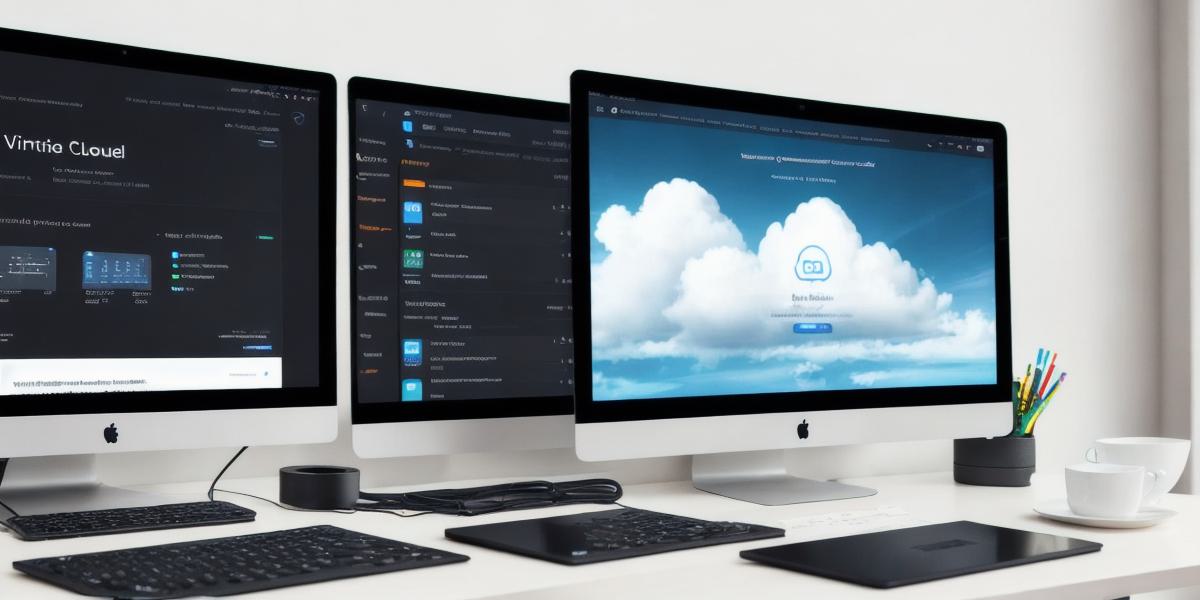Understanding Virtual Private Cloud (VPC) in AWS: A Guide for Programmers

Introduction:
Virtual Private Cloud (VPC) is a key feature of Amazon Web Services (AWS) that allows programmers to create and manage isolated virtual networks within the AWS cloud. VPCs provide a secure and scalable way to deploy applications and services, allowing programmers to have complete control over network architecture and security. In this article, we will explore the basics of VPC in AWS, including how to set up and configure a VPC, as well as best practices for designing and managing VPCs.
Setting Up a VPC:
To set up a VPC in AWS, programmers can follow these steps:
- Create a new VPC: This involves selecting a region and availability zones for the VPC, as well as choosing the size of the VPC based on the expected number of resources that will be deployed within it.
- Create subnets: Subnets are logical groupings of IP addresses within a VPC. Programmers can create public and private subnets to separate traffic destined for the internet from traffic within the VPC.
- Configure routing tables: Routing tables control how traffic flows between subnets and other network resources. Programmers can create routing tables to route traffic to specific subnets or to use NAT Gateways to access the internet from private subnets.
- Launch instances: Once a VPC is set up, programmers can launch EC2 instances into the appropriate subnets and configure them as needed.
Best Practices for Designing and Managing VPCs:
To design and manage a VPC effectively, programmers should follow these best practices:
- Use security groups: Security groups provide granular control over network access, allowing programmers to restrict traffic based on source and destination IP addresses, protocols, and ports.
- Implement network segmentation: Network segmentation involves dividing the VPC into smaller subnets and routing tables to limit communication between different parts of the network. This helps to improve security and scalability.
- Use NAT Gateways: NAT Gateways allow private subnets to access the internet while maintaining network isolation. This is particularly useful for applications that require internet connectivity but do not need to be accessed from the internet.
- Monitor VPC traffic: VPCs generate a significant amount of network traffic, and programmers should monitor this traffic to identify potential security threats and performance issues. Tools like AWS CloudWatch can be used to monitor VPC traffic and alert programmers when issues arise.
- Use automation tools: Automation tools like Terraform and Ansible can be used to automate the deployment and management of VPCs, making it easier to scale and maintain large networks.
Conclusion:
Virtual Private Cloud (VPC) is a powerful tool for programmers looking to deploy applications and services in the AWS cloud. By following best practices for designing and managing VPCs, programmers can create secure and scalable networks that meet their specific needs. With its ease of use and flexibility, VPC is an essential component of any AWS-based application or service.








